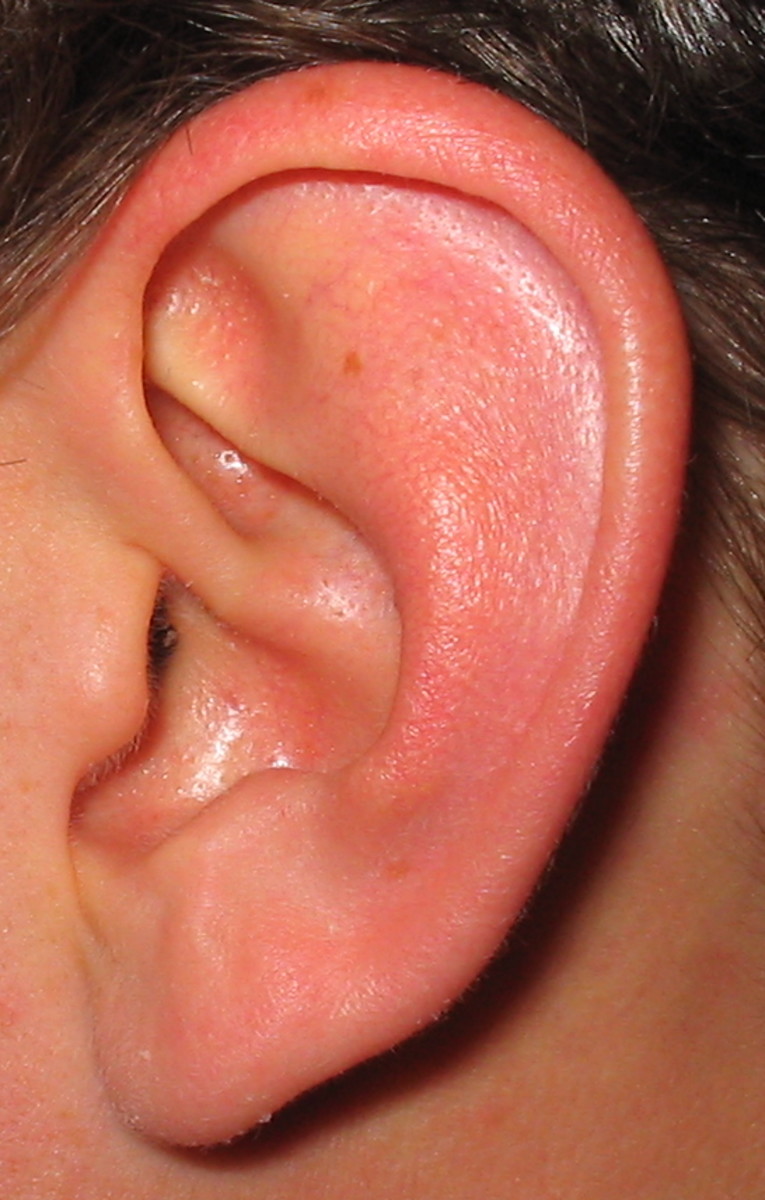Chlamydia and Gonorrhea in Women

“Chlamydia trachomatis” and “Neisseria gonorrhoeae”, the bacteria that cause Chlamydia infection and gonorrhea, respectively, have a lot in common. They are both sexually transmitted bacteria that infect your cervix, causing few symptoms.
They both have the potential to spread into your upper genital tract and to cause pelvic inflammatory disease (PID). If the bacteria are present on your cervix during childbirth, they can also infect the eyes of your newborn baby, causing conjunctivitis.
The two organisms do, however, have some differences. Chlamydia infection tends to be milder, has a longer incubation period and requires a longer course of treatment. It is also much more common than gonorrhea, affecting about three per cent of all women who attend family planning clinics, and up to one in ten young women who live in inner city areas.
Gonorrhea is also known as 'the clap' or 'a dose'. It is an old-fashioned venereal disease which, interestingly, is still a legal ground for divorce in some countries. If a woman gets gonorrhea from her husband, even if he caught it before they were married, she can divorce him - and vice versa!
Diagnosing Chlamydia Infection and Gonorrhea in Women
There is rarely any sign that you have either infection. Even when looked at through a speculum, your cervix may appear normal.
Suggestions of Infection
Infection may be discovered in other ways:
• In routine tests during treatment for another sexually transmitted disease
• Because a partner has symptoms
• Because there are signs of infection on a cervical smear
• Because, after a vaginal birth, an infected woman's newborn baby develops conjunctivitis.
Cervical Swabs
Tests are aimed at finding the organisms involved. Chlamydia and gonorrhea are both detected from a swab taken from the cervix, using a speculum to help the doctor or nurse take a sample from exactly the right place.
New Tests
Other new methods have been developed for detecting these infections. These make it possible to detect bacteria both from a swab from your vulva and from a urine sample alone, without the need for an internal examination. This allows people to take their own specimens if they wish.
Is the diagnosis reliable?
It is hard to say with confidence that any test currently available can completely rule out the presence of gonorrhea or Chlamydia. Gonorrhea bacteria are fragile and are liable to die in the culture before the microbiologist can confirm the diagnosis, especially if the specimen has to be transported some distance to the laboratory.
Even in the best hands, one swab for gonorrhea will pick up only about 80 percent of cases. A negative swab for gonorrhea therefore cannot rule out the diagnosis.
Chlamydia is equally difficult to detect. Some methods of detection are better than others. The new test can pick up about 40 per cent more cases than the old test. Even so, especially if it is done on urine, it does not pick up all infected cases.








